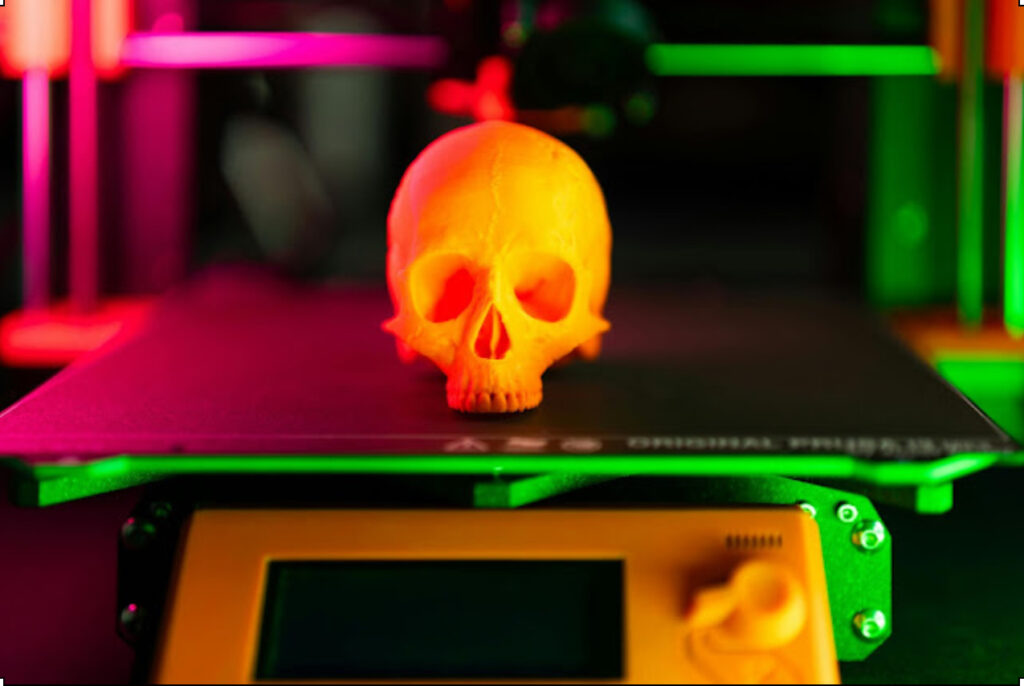Xiaomi Dark Factory: How Robots Build Smartphones 24/7
*Photo taken from Xiaomi official website.
The Xiaomi dark factory marks a turning point in modern manufacturing: a fully automated production line that runs 24/7 with no human workers. But how exactly does this innovation operate — and what does it mean for the future of industry and jobs?
This article dives into how the Xiaomi dark factory works, the benefits of full automation, the social and economic impacts, and what it means for the next wave of smart factories around the world.
What is the Xiaomi dark factory?
The Xiaomi dark factory is a fully automated facility located in Changping, China. It operates without the need for lighting, climate control, or human supervision — assembling smartphones entirely with robots guided by artificial intelligence.
From material transport to quality inspection, all tasks are handled by interconnected smart systems, enabling the factory to function non-stop and with maximum precision.
How does full automation work?
Inside the Xiaomi dark factory, robots handle every step: assembling components, moving parts, testing devices, and even packaging. Real-time sensors and AI control systems manage the entire process.
According to reports, the facility can produce one smartphone approximately every three seconds — achieving levels of efficiency and precision far beyond traditional manufacturing methods.
Scale and investment
The factory spans more than 81,000 square meters and received an investment of over 2.4 billion yuan (approximately $330 million USD). Xiaomi estimates it can manufacture up to 10 million smartphones per year, including flagship models like the MIX Fold 4 and MIX Flip.
Thanks to continuous operation and minimal overhead, the Xiaomi dark factory significantly reduces labor, lighting, and maintenance costs in the long term.
Key advantages of a workerless factory
Adopting the Xiaomi dark factory model brings multiple benefits:
- 24/7 uninterrupted production without breaks or shifts
- Precision assembly and automated quality control
- Lower energy use and operational overhead
- Reduced waste through real-time monitoring
*Photo taken from Xiaomi official website.
Challenges and social impact
While efficient, the Xiaomi dark factory also sparks concerns about workforce displacement. As human labor becomes less necessary in production lines, millions of manufacturing jobs may be impacted — particularly in developing regions.
The World Economic Forum estimates that nearly 23% of current roles may be transformed or replaced by automation in the coming five years.
Is Xiaomi leading a new industrial model?
The concept of “lights-out” manufacturing existed before, but the Xiaomi dark factory sets a new standard by combining robotics, AI, and machine vision at industrial scale.
Other companies have automated certain phases, but Xiaomi’s plant is among the first to complete the entire assembly cycle without human presence.
Smart factories and Industry 4.0
The Xiaomi dark factory reflects the broader vision of Industry 4.0, where IoT, AI, and robotics converge to create intelligent production environments. This evolution is expected to expand globally — but also calls for updated labor policies and investment in worker reskilling.
Preparing society for these changes will be essential to ensuring that innovation leads to shared benefits rather than inequality.
Frequently Asked Questions
- What is the Xiaomi dark factory?
A fully automated facility that assembles smartphones 24/7 with no human workers on site. - How fast is production?
The estimated rate is one smartphone every three seconds, with up to 10 million units per year. - Is it sustainable?
Yes, due to lower energy consumption and minimal waste — although initial investments are high. - What happens to jobs?
Traditional factory roles may vanish, but new jobs in tech, robotics, and system maintenance are expected to grow.
Conclusion
The Xiaomi dark factory is not just a technological achievement — it’s a bold step toward fully autonomous manufacturing. While it offers efficiency and scale, it also raises ethical and economic questions about the future of work.
The rise of smart factories is inevitable. The real question is: how will we adapt?
*On the official website of Xiaomi you can watch a video showing the entire interior of the factory.
Want more stories like this?
Subscribe to our newsletter to get insights on robotics, artificial intelligence, and the future of industry delivered straight to your inbox.
Sources and References
This article was based on reliable publications that explore the automation revolution led by Xiaomi’s “dark factory.” Below is a summary of the key sources used:
- Perplexity AI –
Xiaomi’s Autonomous Dark Factory
: An in-depth overview of how Xiaomi implemented AI-powered robotics to run a 24-hour production line without human workers or lighting. It explains how quality control, logistics, and assembly are all automated. - Noticias Ambientales –
How Are the Chilling Dark Factories with AI in China?
: Analyzes the broader trend of fully automated “dark factories” emerging in China, discussing energy savings, environmental impact, and the social implications of replacing human labor with AI. - Brasil Paralelo –
Xiaomi’s Dark Factory: Smartphones Built 24/7 Without Human Workers
: A Brazilian article contextualizing Xiaomi’s initiative, revealing the use of 1,000 robots to automate smartphone production and solidify its position as a technological pioneer in the Asian manufacturing market.
All links accessed in May 2025.





